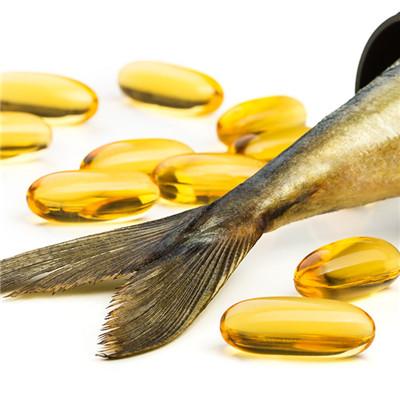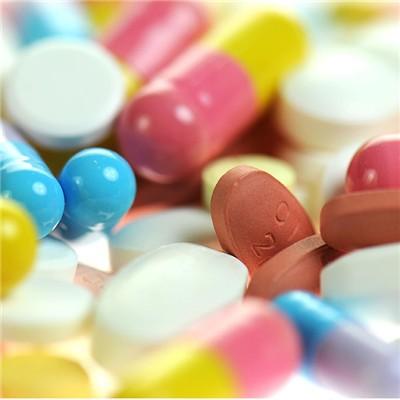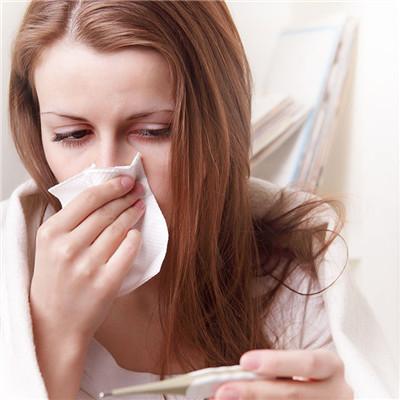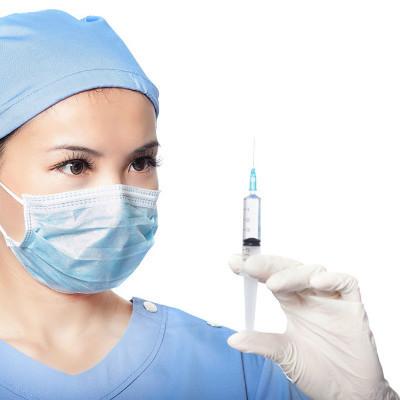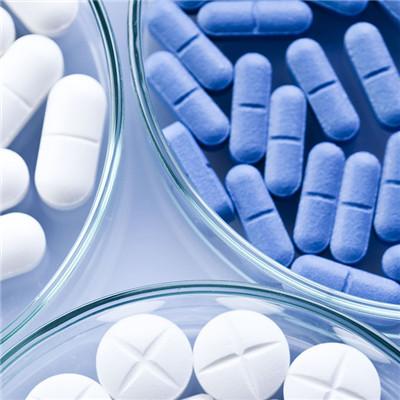What can eat treat polycystic kidney disease
summary
Polycystic kidney is also known as Potter (Ⅰ) syndrome, perlmann syndrome, congenital cystic tumor disease, cystic kidney, bilateral renal hypoplasia syndrome, polycystic kidney, benign multilocular cystic tumor of kidney and polycystic disease. Next, what can we eat to treat polycystic kidney disease?
What can eat treat polycystic kidney disease
One is the limitation of salt intake: the salt intake should be controlled according to the patient's condition and the degree of renal impairment, but not all patients with chronic renal insufficiency should be strictly limited.
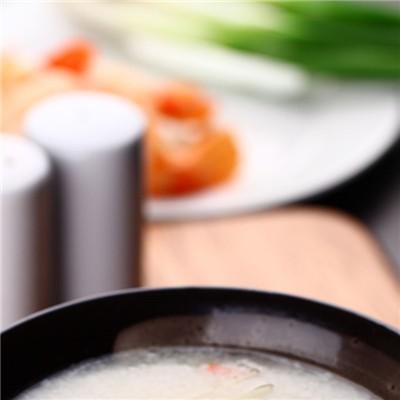
Second, water intake: in simple polycystic kidney disease, due to the decrease of kidney concentration function, the metabolites in the body need more water to be discharged from the kidney. Therefore, if there is no obvious edema, heart failure and hypertension in patients with simple polycystic kidney disease, water should not be blindly limited.
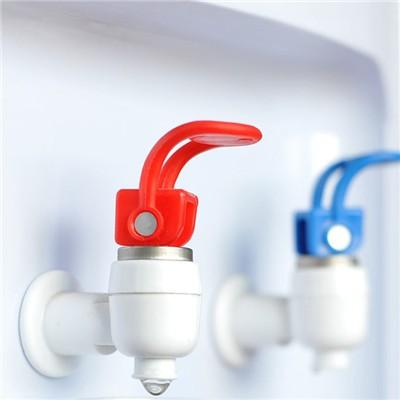
Third, the control of protein: modern medicine believes that protein intake is too low or too much, no benefit to the kidney. Especially after a large amount of protein intake, it can produce too many metabolites, such as end-stage renal insufficiency, urea, creatinine, guanidine, polyamine and some middle molecular substances in toxin are basically metabolites of nitrogen. Protein control plays an important role in reducing the burden of kidney, reducing the production of terminal renal insufficiency and toxic toxins, and alleviating the disease.

matters needing attention
Patients with this disease are prone to hypertension and urinary tract infection, especially in women. If pyelonephritis or cyst infection is induced, the renal pain will increase, accompanied by obvious fever, hematuria and pyuria. In severe cases, it can lead to urinary sepsis. Therefore, we must actively symptomatic and supportive treatment, control hypertension, prevent urinary tract infection, prevent kidney stones and other complications, try to extend the normal survival of patients.

